#byway
Text

danger of death
keep off
2 notes
·
View notes
Text

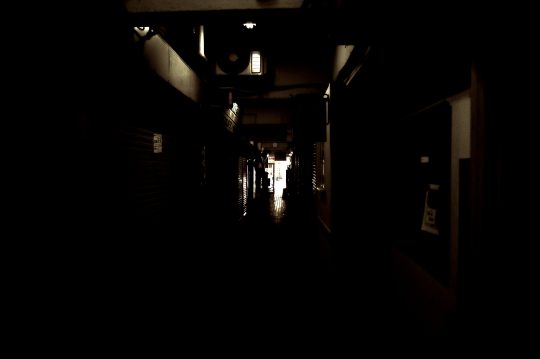

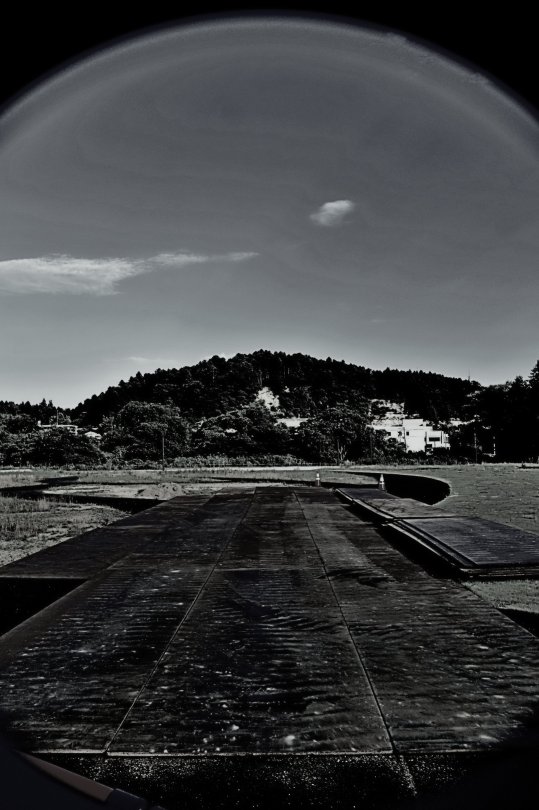


6 notes
·
View notes
Text

Lanes | bends, endings and remoteness
4 notes
·
View notes
Text
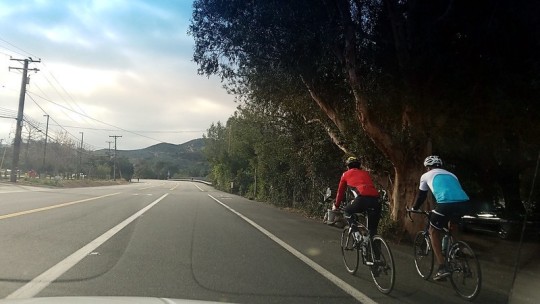
Santiago Canyon Road
#Back road#Byway#Road#vanishing point#cyclist#Silverado#orange county#california#photo#digital#Overcast
0 notes
Text


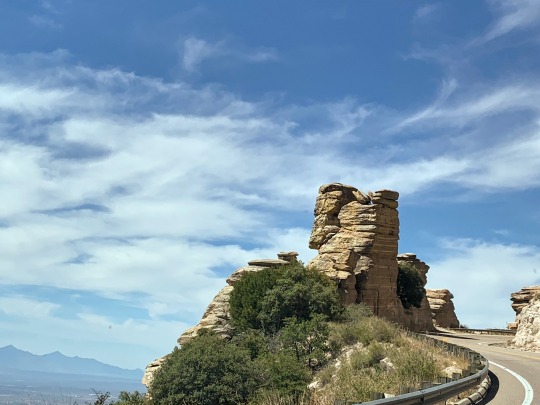
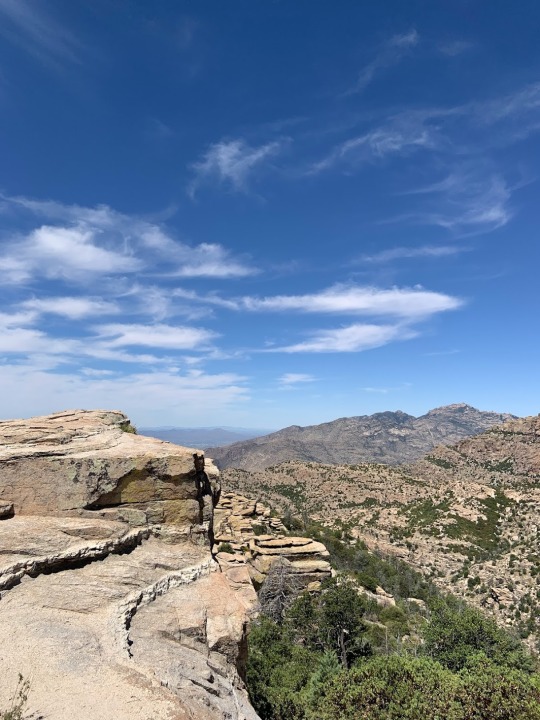




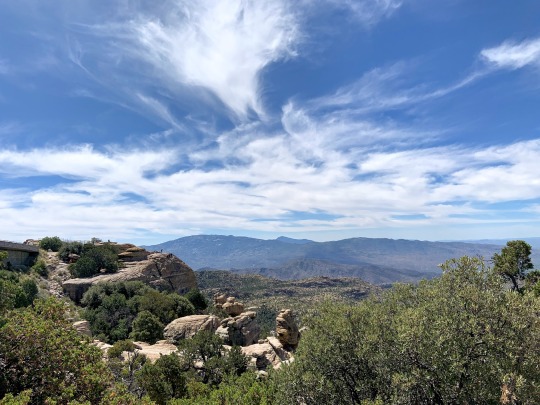

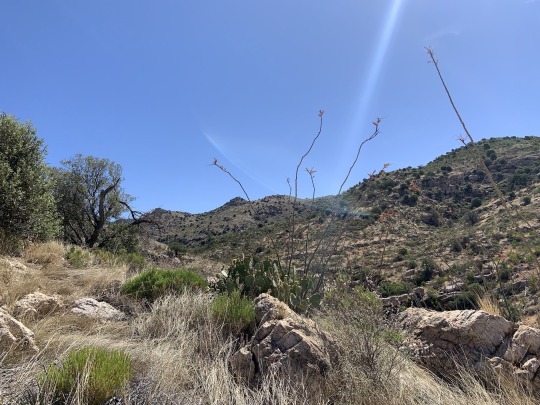
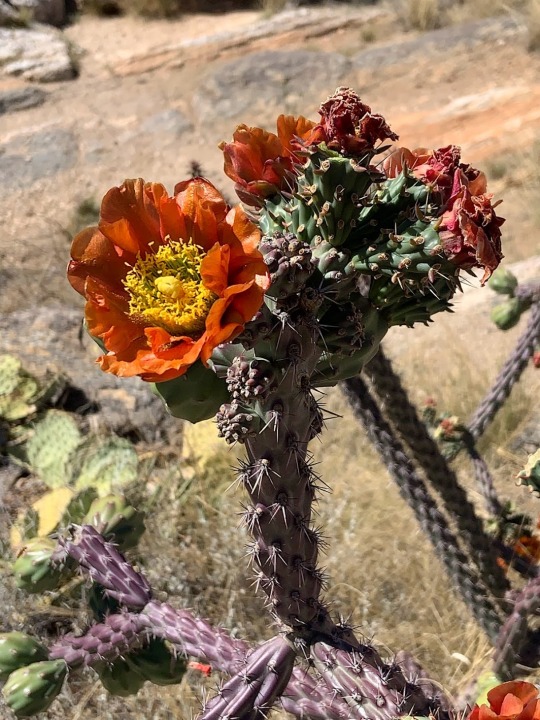
Mount Lemmon Scenic Byway, Arizona (Catalina Highway Scenic Drive)
Very scenic drive, I highly recommend it if you are in the Tucson area 🌵🏜️⛰️
#original photography#landscape photography#Mount Lemmon Scenic Byway#road trip#nature#arizona#roadtrip#vacation#2023#vacation 2023#mine#Catalina Highway Scenic Drive#Tucson#Southwest#photographers on tumblr
156 notes
·
View notes
Text
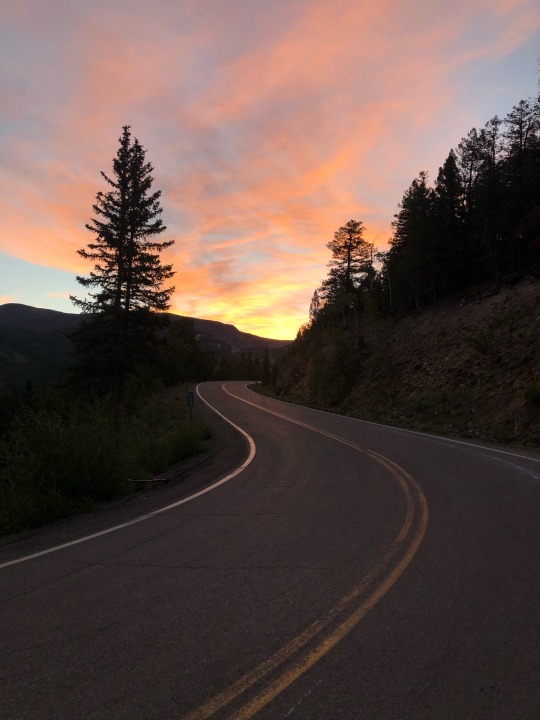
#nature#mountains#hiking#landscape#forest#colorado#sunrise#highway#road#silver thread highway#scenic byway#lake city#road trip#50#100#200#300#400#500#600#700#800
836 notes
·
View notes
Text

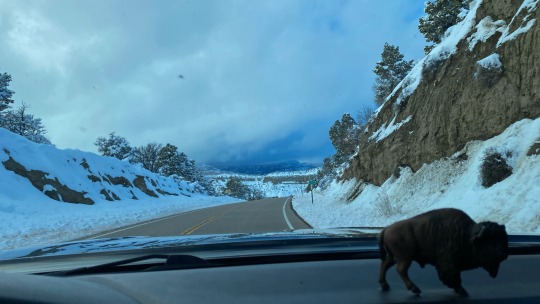

#scenic byway 12#adventure#travel#my photo#southwest#utah#mountains#snow#spring#photography#aesthetic#nature#scenery
134 notes
·
View notes
Photo

Bygate is decorated for Christmas , Oslo - Teddy Røwde , 1931.
Norwegian , 1912-1994
Oil on canvas, 46 x 54 cm.
184 notes
·
View notes
Text
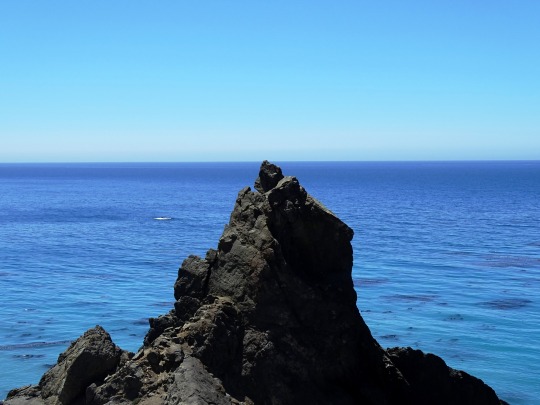
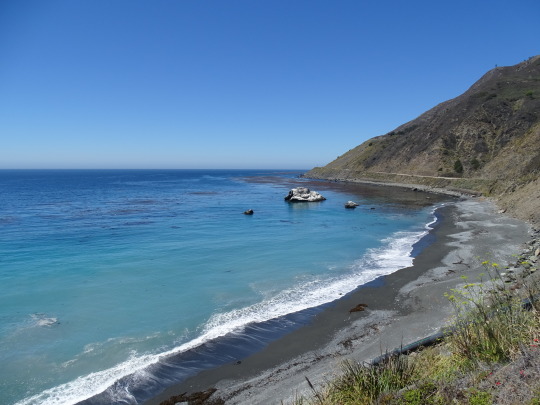


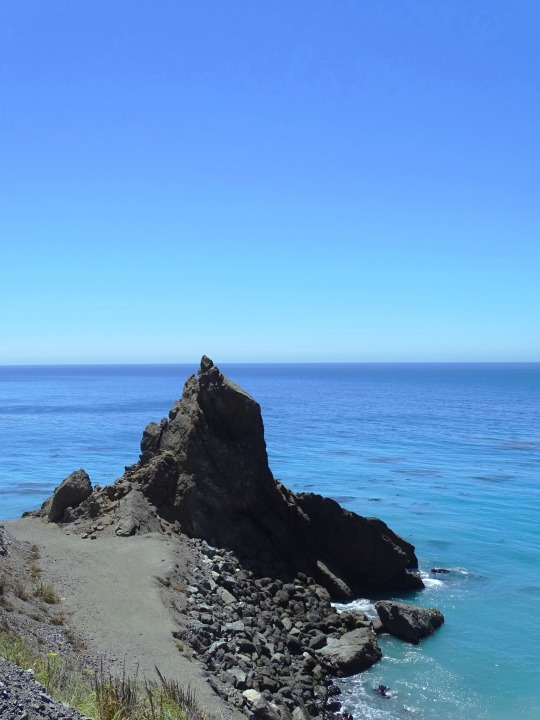

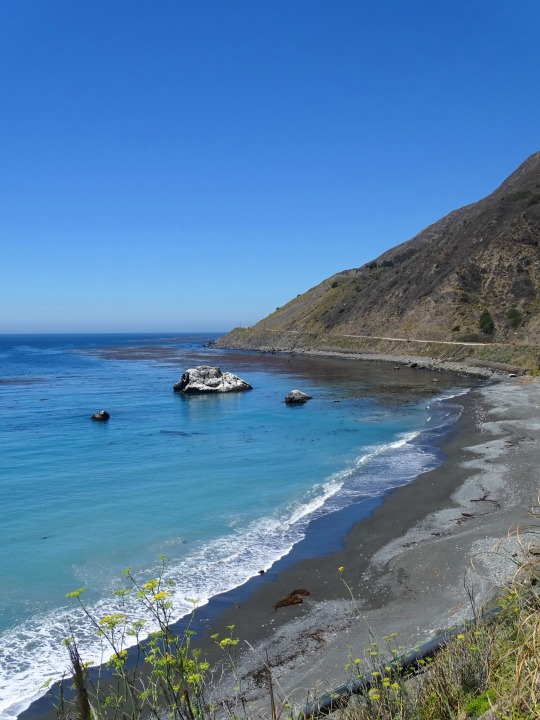


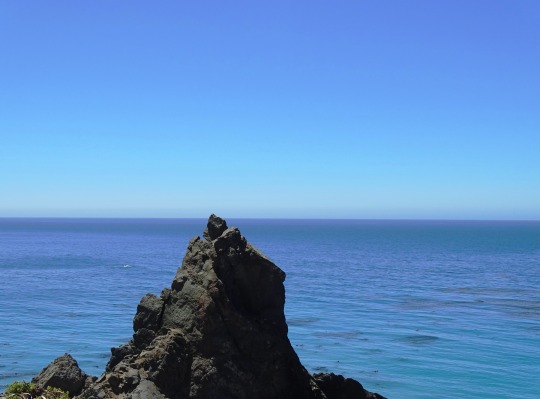
Black Sand Shores, CA (No. 1)
Governor Juan Alvarado granted Rancho San Jose y Sur Chiquito, including the land from Carmel to near Palo Colorado Canyon, to José Castro in about 1848. Castro documented a trail from Monterey to Palo Colorado Canyon used by Native Americans when he filed a map of his purchase in 1853. When the region was first settled by European immigrants in 1853, it was the United States' "last frontier".
After California gained statehood, the trail from Carmel to Mill Creek (present-day Bixby Canyon) was declared a public road by the county in 1855. But the California coast south of Carmel and north of San Simeon remained one of the most remote regions in the state, rivaling at the time nearly any other region in the United States for its difficult access. It remained largely an untouched wilderness until early in the twentieth century.
Yankee businessman Charles Henry Bixby bought several hundred acres south of Mill Creek and harvested lumber, tanbark, and lime. Without a road, he resorted to using a landing chute and hoist to transfer the goods to steamers anchored offshore.
Bixby tried to persuade the county to build a road to Bixby Creek, but they refused, replying that "no one would want to live there". In 1870, Bixby and his father hired men to improve the track and constructed the first wagon road including 23 bridges from the Carmel Mission to Bixby Creek.
Further south, the Rancho El Sur grant extended from the mouth of Little Sur River inland about 2.5 miles (4.0 km) over the coastal mountains and south along the coast past the mouth of the Big Sur River to Cooper's Point. It was largely a cattle operation. There was a brief industrial boom in the late 19th century, but the early decades of the twentieth century passed with few changes, and Big Sur remained a nearly inaccessible wilderness.
Source: Wikipedia
#Black Sand Shores#California State Route 1#Highway 1#Pacific Coast Highway#National Scenic Byway#Big Sur#Pacific Ocean#travel#original photography#vacation#tourist attraction#landmark#landscape#seascape#countryside#street scene#road trip#summer 2022#California#West Coast#Big Sur Coast Highway#nature#flora#grass#tree#USA#blue sky#blue sea#beach#waves
9 notes
·
View notes
Text
















#Yandai Byway No.10#煙袋斜街10號#Gabriel makes stuff#Alan Luo#Liang Ze#Gong Zheng#Hang Hang#Xiao YeZi#Liang Ze x Xiao YeZi#Liang Ze x Hang Hang#CDrama#Chinese Drama#Chinese BL#Chinese BL Drama
7 notes
·
View notes
Text

Lanes | bends, endings and remoteness
#lane#byway#alley#distance#span#extent#length#depth#range#reach#endings#remoteness#denouement#finale#cessation#termination
0 notes
Text
Just a little soup please. Even just a spoonful. I'm on my knees. Please God.
3 notes
·
View notes
Text

Byways
#byways#window#reflections#street photography#Mainz#germany#photographers on tumblr#canon r8#collage
10 notes
·
View notes
Text

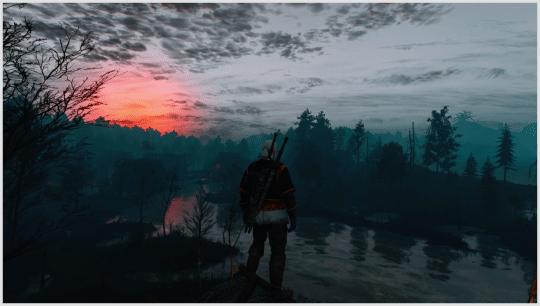


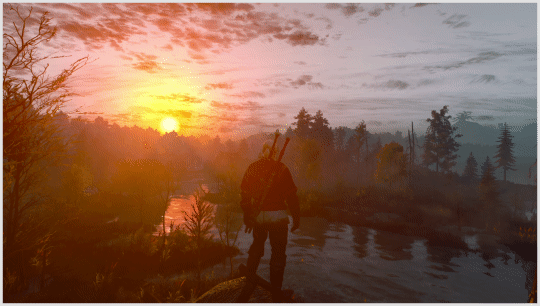

sunrise seen from Byways
-
endless Witcher 3 gifs
#witcher#witcher 3#tw3#witcheredit#the witcher#witchergif#dai's gifs#gamingedit#gamingscenery#velen#velen gif#byways
11 notes
·
View notes
Text
These were just a few of the 59 freight train derailments in the six months following the East Palestine disaster that were significant enough to be reported in local or national news, according to data compiled by Motherboard. Fifteen of those derailments involved cars with hazardous materials. By contrast, there were 33 freight train derailments reported in local and national media in the six months prior to East Palestine, which thrust freight rail safety issues into the national spotlight. (Part of this difference is probably attributable to the attention the East Palestine disaster got, making outlets more likely to cover derailments.) Motherboard did not include passenger rail derailments or derailments caused by extreme weather or vehicles on the tracks in the data.
5 notes
·
View notes
